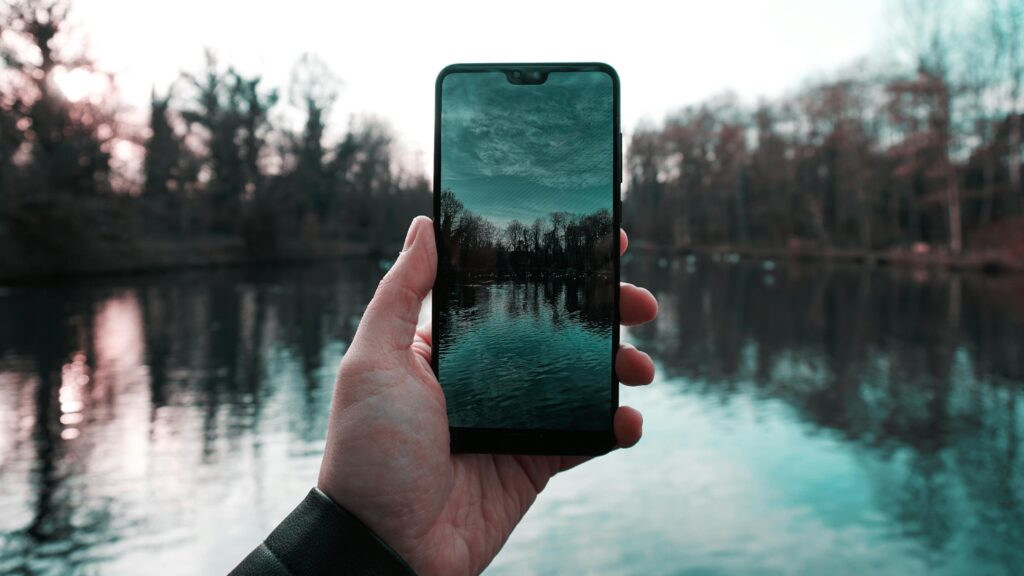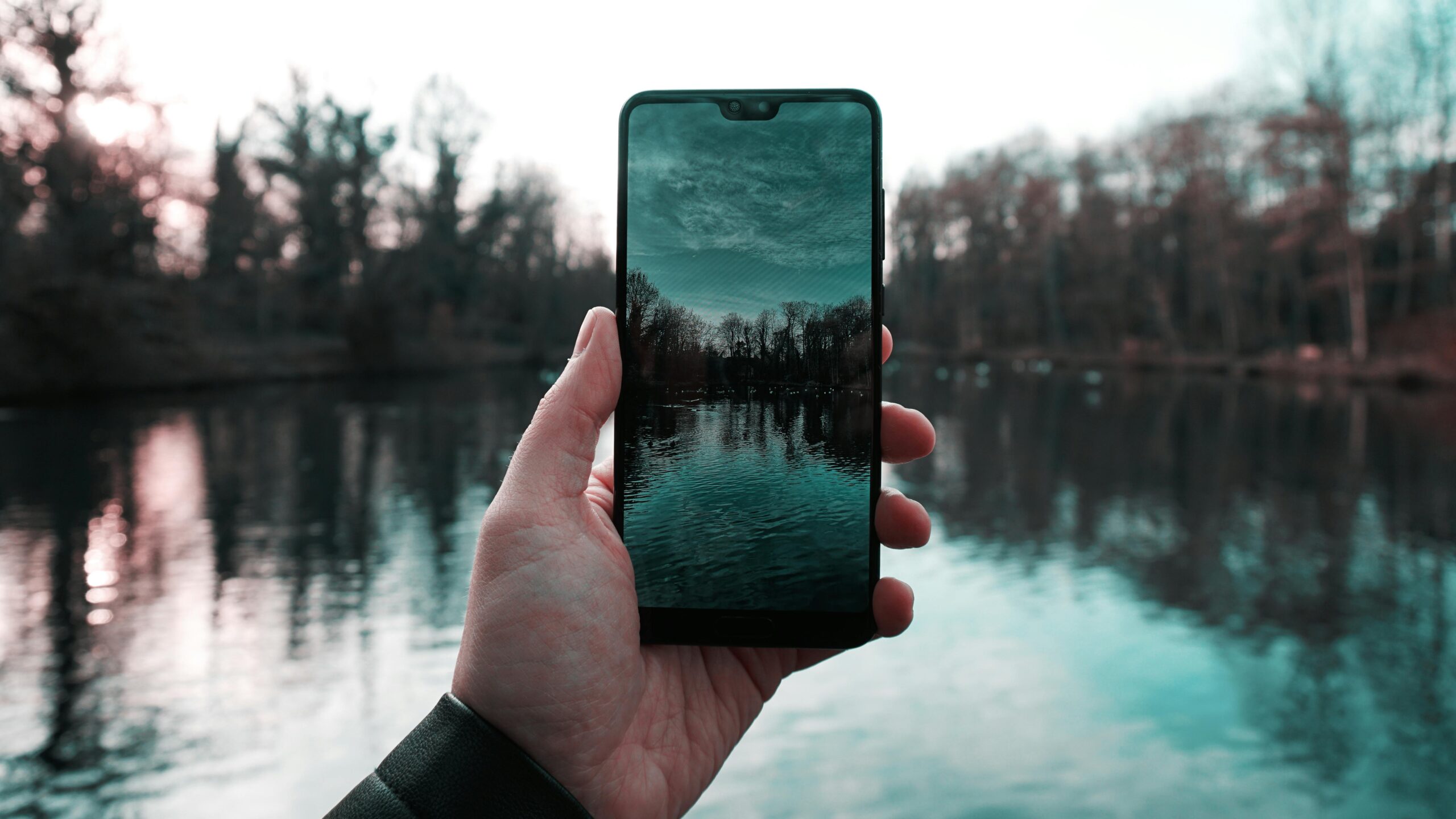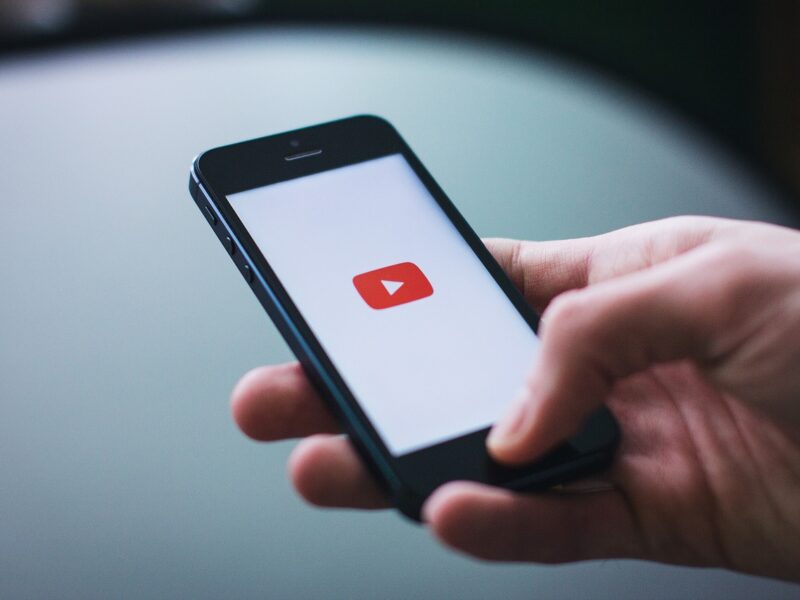
Foldable phones may be turning heads right now, but a new wave of innovation is quietly emerging that could completely reshape our relationship with digital devices—transparent screens. Once the stuff of science fiction, these futuristic displays are edging closer to mainstream reality, and they’re poised to redefine everything from smartphones to smart homes.
What Are Transparent Screens?
Transparent displays allow users to see digital images while still viewing the environment behind the screen. Unlike traditional displays, which are opaque, these next-gen screens use advanced materials like OLED and micro LED technologies to project visuals on clear glass or plastic surfaces, making the display itself nearly invisible when not in use.
Why Transparent Screens Are a Game-Changer
The appeal of transparent screens goes beyond aesthetics. They offer new ways to interact with information and devices. Imagine a car windshield that displays real-time navigation and hazard alerts directly in your line of sight, or smart glasses that blend virtual content seamlessly with the real world. The possibilities span industries—from healthcare and retail to automotive and architecture.
Tech Giants Are Already on Board
Major tech companies, including Samsung, LG, and Xiaomi, have already showcased transparent prototypes. While these displays are still in early stages of development for consumer products, progress in materials science and display engineering is accelerating fast. As the technology becomes more affordable and practical, it’s likely to become the next must-have innovation.
A New Era of Invisible Tech
Transparent screens hint at a future where technology becomes more integrated and less intrusive. Instead of bulky gadgets that demand attention, we’ll have sleek, see-through interfaces that quietly blend into our surroundings while enhancing them. It’s not just about looking cool—it’s about changing how we live, work, and communicate.
Conclusion
Foldable phones may be flashy, but transparent screens represent a deeper shift—one where technology fades into the background and becomes a seamless part of everyday life. It’s not just the next big thing—it’s the future made visible.



